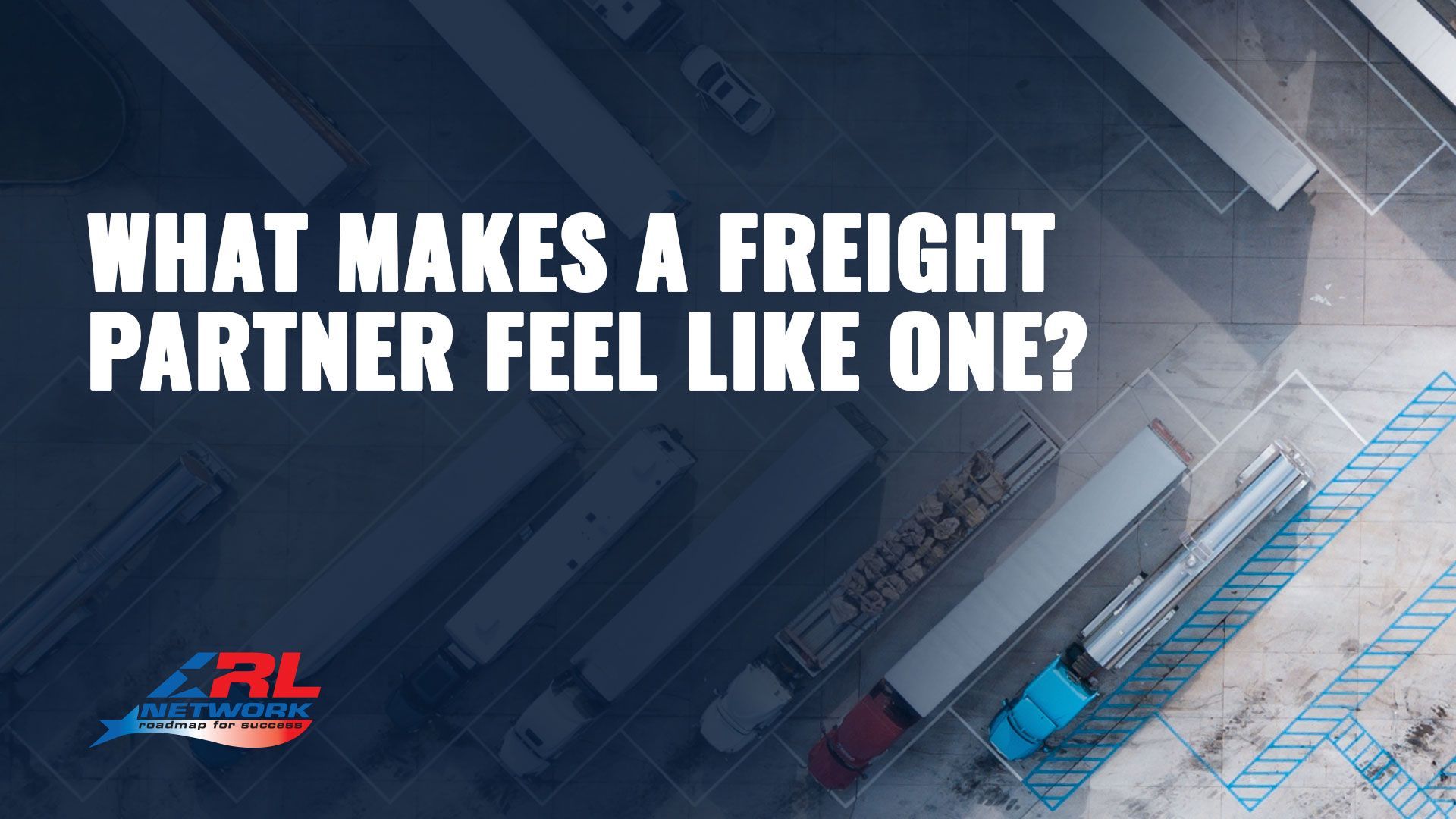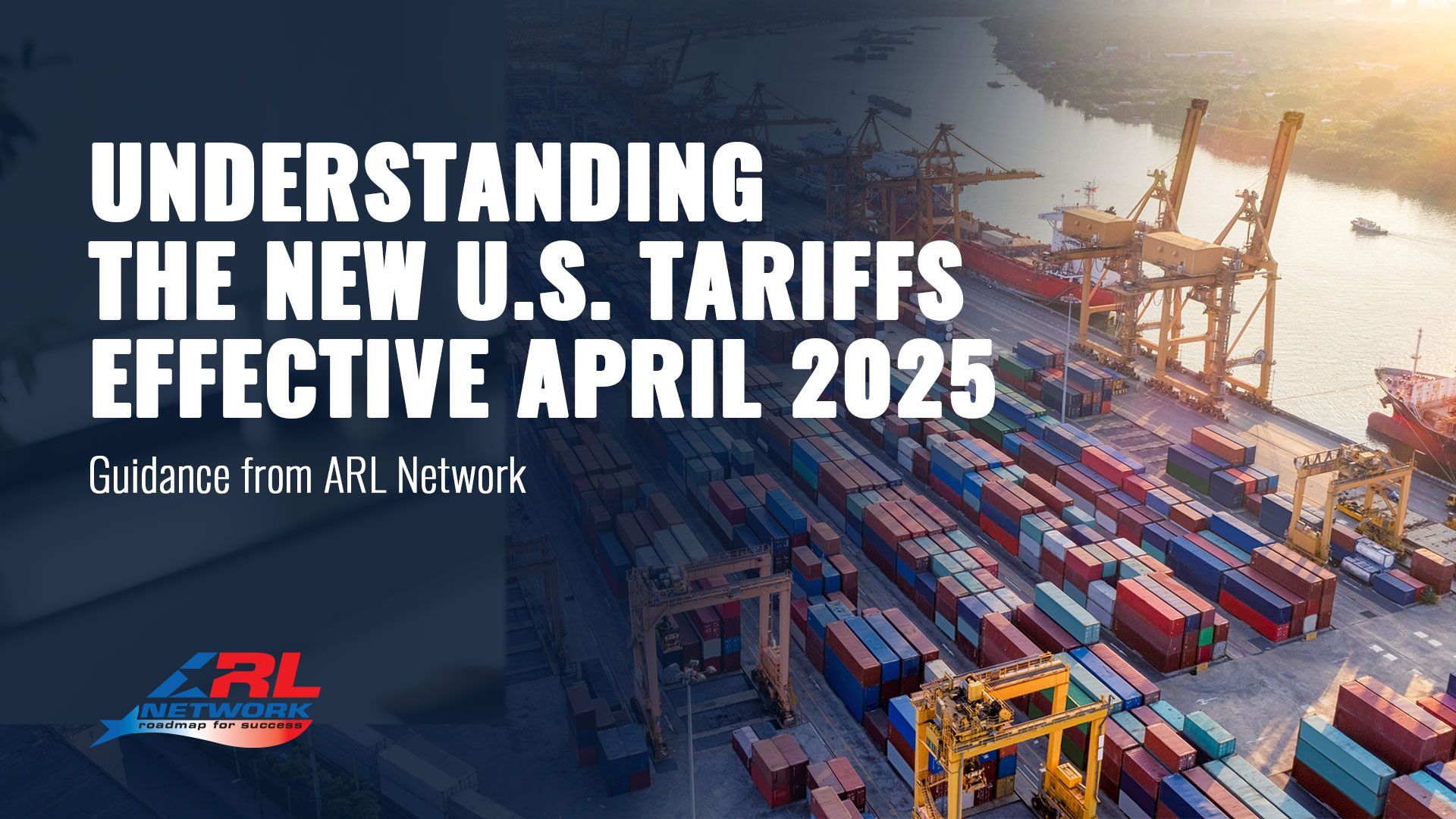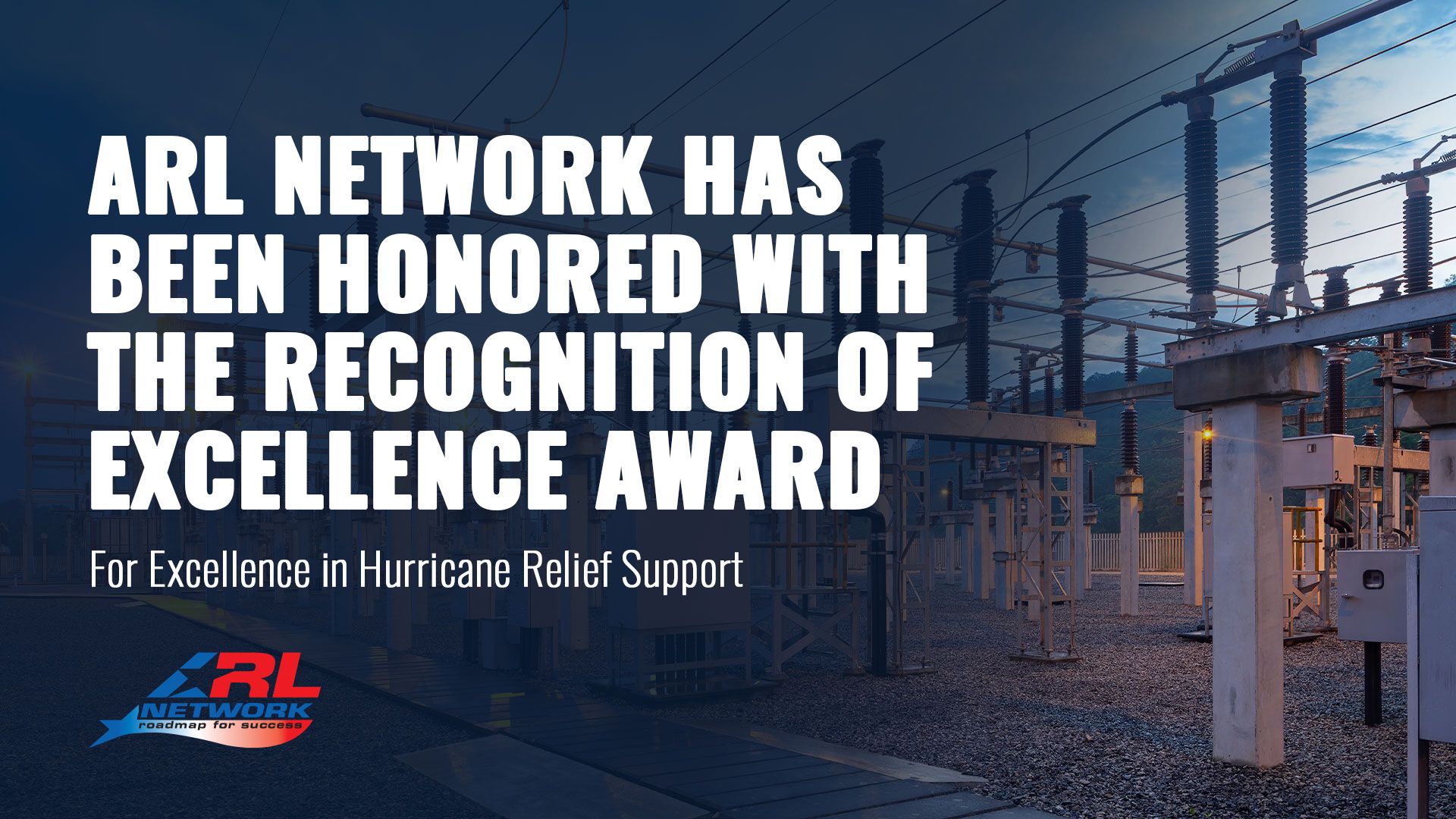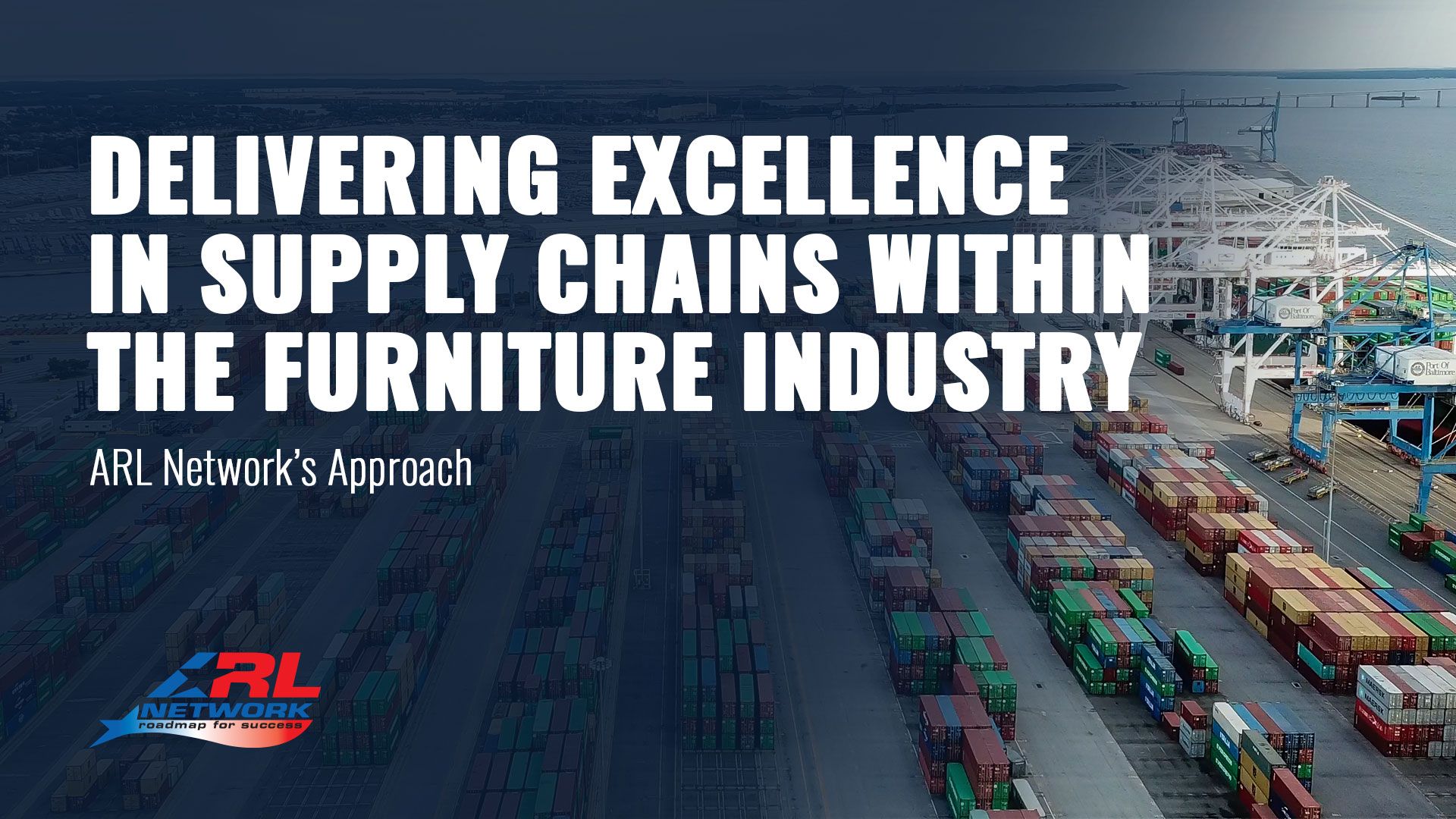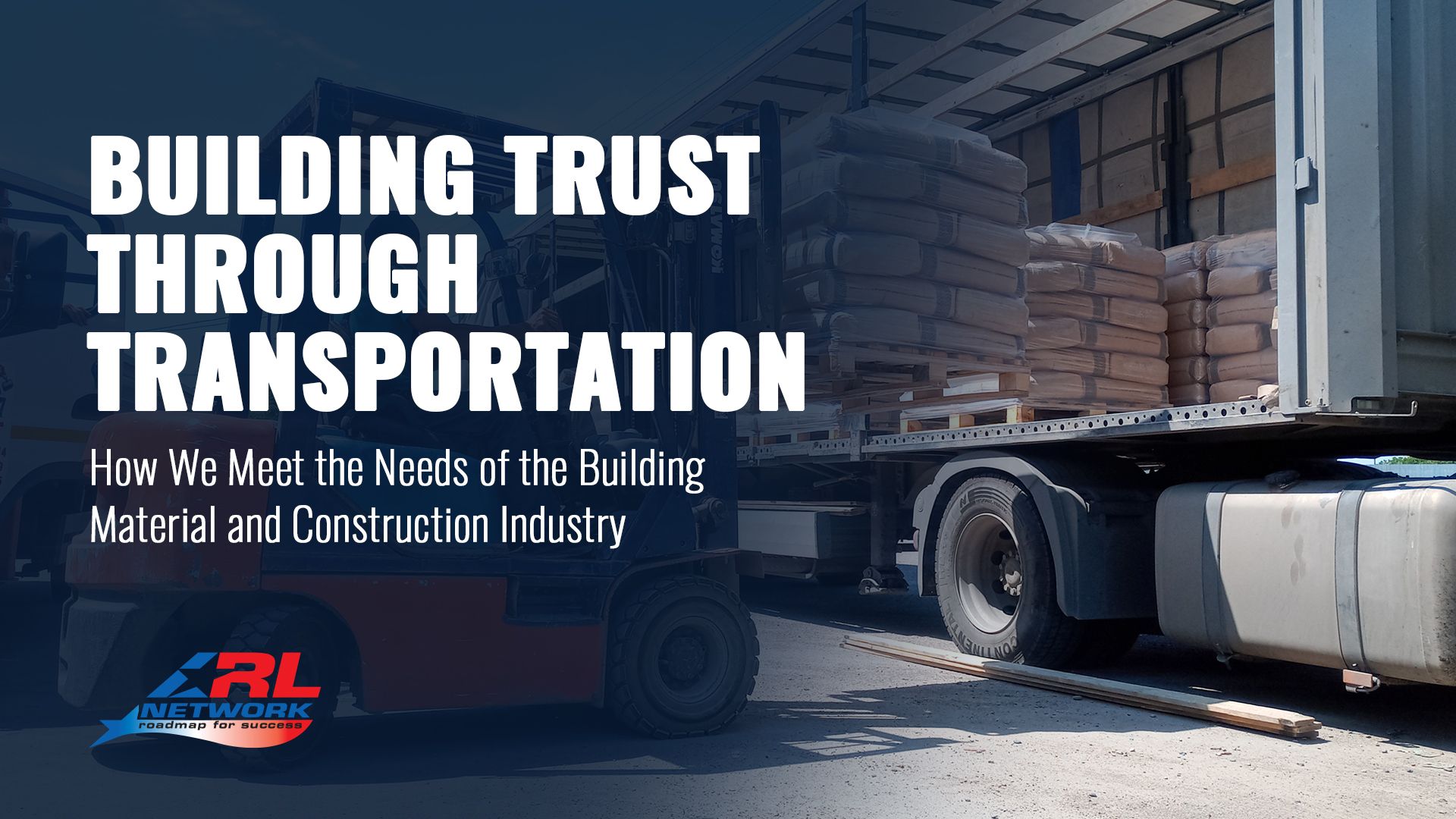FREIGHT FRAUD & THEFT: OVERCOMING CURRENT CHALLENGES AND EFFECTIVE STRATEGIES FOR PREVENTION
Our industry is the lifeblood of global trade, moving billions of dollars’ worth of goods each year. However, it is increasingly under threat from two growing risks: freight fraud and freight theft. These issues have become more sophisticated in recent years, exposing shippers, carriers, and freight brokers to significant financial loss, operational disruption, and reputational damage. Addressing these challenges requires an in-depth understanding of the problem, the key pain points, and the potential solutions to safeguard logistics operations.
The Growing Threat of Freight Fraud and Theft
Freight fraud and theft are not new to the industry, but they have evolved in complexity and scope due to advancements in technology and the rise of online logistics platforms. Fraudsters exploit vulnerabilities in outdated systems and supply chain processes to steal goods, money, and sensitive data.
- Freight Fraud: This can take various forms, from fraudulent carriers that disappear with goods to fictitious pickups where criminals pose as legitimate carriers. Fraudsters often manipulate logistics documentation and communication to present themselves as legitimate operators, leaving shippers and brokers exposed to financial loss.
- Freight Theft: Traditionally, freight theft occurred in the form of physical hijacking of trucks or stealing goods from warehouses. However, modern tactics include cargo theft by exploiting tracking systems, breaching cybersecurity defenses, or tampering with transport data to reroute shipments without detection.
Key Pain Points & Challenges
The increasing complexity of freight fraud and theft presents several key pain points for the industry:
- Vulnerabilities in Supply Chain Visibility and Communication: Many shippers and brokers lack real-time visibility into the location and condition of their cargo. Fraudsters exploit these blind spots by manipulating digital data or posing as legitimate carriers. The fragmentation of the supply chain, with multiple touchpoints and handoffs, exacerbates this issue.
- Cybersecurity Threats: The rise of digital freight platforms and online communications has opened new pathways for fraudsters to infiltrate systems. Phishing attacks, data breaches, and ransomware targeting logistics companies have escalated, making cybersecurity a critical concern.
- Loss of Trust and Reputation: When freight is stolen or fraudulent carriers abscond with goods, the ripple effects can be devastating for a company’s reputation. Shippers and brokers risk losing trust with clients and customers, particularly if they cannot recover stolen assets or resolve claims swiftly.
- Difficulties in Fraud Detection: Freight fraudsters are becoming more adept at bypassing conventional security measures, making it difficult for logistics providers to detect and prevent fraudulent activity. Many companies rely on outdated processes or manual verification, which are insufficient against the new wave of fraud schemes.
- Financial Loss: The financial ramifications of freight theft and fraud extend beyond the loss of the stolen goods. Legal fees, insurance claims, potential penalties for late deliveries, and the cost of disrupted supply chains can compound the damage.
Solutions and Strategies to Combat Freight Fraud and Theft
To mitigate the growing risks of freight fraud and theft, shippers, carriers, and brokers must adopt proactive strategies that encompass technology, processes, and industry collaboration.
- Advanced Freight Tracking and Visibility Tools: Real-time tracking systems offer continuous visibility of cargo throughout its journey. This allows logistics operators to monitor not only the location but also environmental conditions.
- Strong Cybersecurity Measures: Protecting digital freight platforms and communications from cyberattacks is essential. Implementing multi-factor authentication, encryption protocols, and continuous monitoring of online activity can prevent unauthorized access and data breaches that fraudsters could exploit.
- Carrier Vetting and Verification: Ensuring that carriers and drivers are legitimate is crucial in preventing freight fraud. Many logistics providers are now utilizing automated systems to verify carrier credentials and track their performance histories. These systems can flag suspicious activity or unverified carriers in real-time, providing an additional layer of security.
- Industry Collaboration and Information Sharing: Addressing freight fraud and theft requires coordinated efforts across the industry. Many logistics associations and organizations have developed networks for sharing information on fraudulent carriers and theft patterns. By pooling resources and insights, the industry can create a united front against fraudsters.
Freight fraud and theft present significant challenges for the modern freight industry, with complex and ever-evolving threats. However, by embracing advanced technologies, the industry can bolster its defenses. Collaboration among industry players, stronger cybersecurity measures, and thorough vetting processes are essential in preventing losses and safeguarding global supply chains.
While the risks of freight fraud and theft may never be entirely eliminated, a proactive, tech-driven approach will ensure that shippers, brokers, and carriers are better equipped to combat these threats and maintain the trust of their clients.
Here at ARL Network, we take freight fraud and theft very seriously and have developed a robust stack of technology and processes to ensure our clients’ loads remain safe. To learn more about our process for combatting freight fraud, please
contact us today!
TALK TO US!
